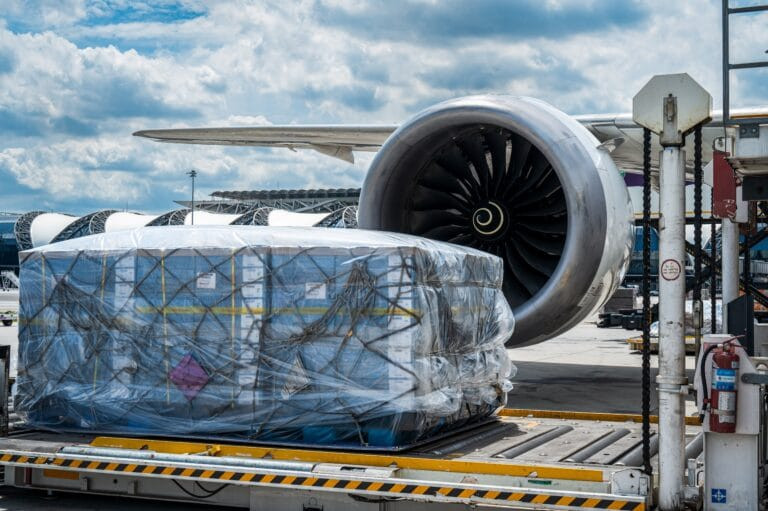In 2024, tariffs have re-emerged as a favored policy lever in global trade, especially in the escalating US–China economic rivalry. Initially aimed at correcting trade imbalances and protecting strategic industries, these tariffs have increasingly targeted high-tech and high-value goods—many of which move by air. As governments prioritise domestic manufacturing and economic security, airfreight has found itself caught in the crossfire. From semiconductor components to EV batteries, the kinds of goods most likely to incur tariffs are also those that require fast, secure transit, further amplifying the impact of these measures on global air cargo patterns.
As a result, the global air freight industry, along with the global ocean freight industry, is undergoing a strategic realignment, driven in no small part by the ongoing impact of tariffs. As political and economic tensions between the US and China persist into 2024 and 2025, we are witnessing a sharp reconfiguration of sourcing strategies—and with them, a transformation in global air cargo flows.
We are seeing an accelerating shift out of China. Many of our customers are actively searching for new manufacturing capacity in Southeast Asia and even Eastern Europe. Airfreight lanes that once depended heavily on China as the origin point are now recalibrating to accommodate exports from Vietnam, Thailand, and India.
Our automotive clients, many of whom rely heavily on airfreight for time-sensitive components, are now sourcing from India and Thailand. We’re even seeing some tire manufacturing move to Serbia—though this remains primarily an ocean freight lane for now. Still, the ripple effect is clear: companies are diversifying supply chains and rethinking logistics from the ground up.
Tariffs are not just reshaping long-term sourcing decisions—they’re also causing short-term demand shocks. One of our U.S. clients recently toured 12 factories in Vietnam. Eleven of them reported that purchase orders from American brands were down by 40 percent. Notably, Vietnam has not been a direct target of U.S. tariffs. This suggests that broader retail caution and inventory drawdowns are at play. The message from importers is clear: even tariff-free countries are not immune to the ripple effects of macroeconomic uncertainty and consumer pullback.
For forwarders and carriers, these dynamics present both challenges and opportunities. New routes are emerging from cities like Chennai, Ho Chi Minh City, and even secondary hubs in Eastern Europe. But the shift also comes with friction—limited air cargo infrastructure, unpredictable customs processes, and fluctuating demand all complicate the equation.
Airlines are reacting in kind. We’re seeing capacity being reallocated to meet demand out of India and Southeast Asia, while certain China-origin routes are being trimmed or consolidated. Freighter operators are getting more tactical: rather than relying on long-established lanes, they are analysing seasonal and political signals with greater granularity. Flexibility is becoming a defining competitive advantage.
Looking ahead, 2025 could bring additional volatility. With elections looming in the U.S. and trade policy likely to remain a political flashpoint, shippers are preparing for a range of scenarios. Some are even front-loading orders to avoid potential tariff hikes in Q3 and Q4.
The airfreight map is redrawing itself. What was once a predictable triangle of China–US–Europe is fragmenting into a more distributed, multipolar trade network. Forwarders and shippers that stay agile—and that understand how geopolitical risk translates into logistics strategy—will be best positioned to navigate the new normal.
The targeting of airfreight-intensive goods by tariffs is no coincidence. Governments are using trade policy not just to punish rivals, but to push strategic reshoring of advanced manufacturing sectors—particularly those tied to technology, energy, and national security. These sectors rely on fast, reliable air transport for their critical inputs and finished products. As a result, air cargo has become both a logistical and political touchpoint, where trade flows intersect with industrial policy. The air freight industry, once a neutral conveyor of global commerce, now finds itself navigating a landscape shaped as much by geopolitics as by supply and demand.





